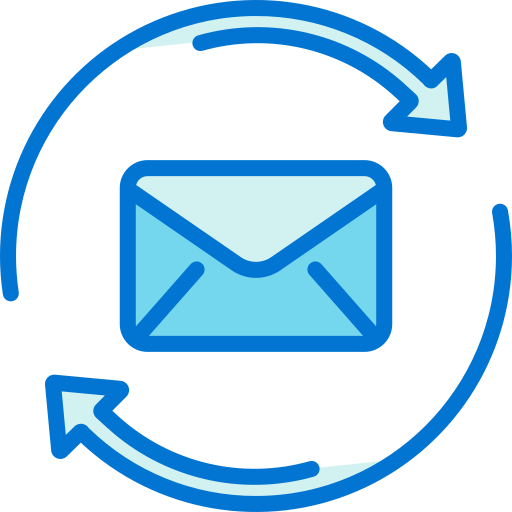Setting Up Automated Email Campaigns
For small business owners, mastering automated email campaigns can revolutionize marketing strategies, making it simpler to connect with audiences efficiently. Automation tools not only save precious time and resources but also ensure communications with customers remain personalized and timely.
The journey begins with selecting an appropriate email marketing platform. Essential features to look for include audience segmentation, trigger-based campaign creation, and detailed analytics to monitor email performance.
After picking a platform, pinpoint your automated campaign goals. Whether it’s boosting sales, elevating brand recognition, or maintaining regular engagement with customers, having clear objectives helps tailor campaigns that truly resonate with your target market.
Next up, segmenting your email list becomes crucial. Differentiating subscribers based on factors like demographics, past purchases, and interaction levels enables sending more personalized and relevant communications, boosting the likelihood of recipient action.
Experimentation is key when fine-tuning automated campaigns. Testing various subject lines, scheduling times, and calls to action helps determine what captures your audience’s interest. Continuously analyzing email campaign outcomes and tweaking accordingly enhances overall campaign success.
In essence, automated email campaigns offer small business owners a potent way to optimize marketing strategies. Through careful platform selection, goal setting, audience segmentation, and ongoing testing, businesses can craft impactful, personalized emails that significantly contribute to achieving their marketing objectives.
Segmentation and Personalization in Automation
Segmentation and personalization sit at the heart of successful email marketing automation for small businesses. Dividing your email list into specific segments according to demographics, behavior, or interests allows for crafting campaigns that hit the mark with your audience.
Personalization elevates segmentation by offering a bespoke experience. Addressing subscribers by name, customizing content to their preferences, and crafting emails that feel personally tailored significantly bolster engagement and conversion rates.
Automation tools streamline the process of dispatching personalized emails triggered by certain subscriber actions. Welcome messages for new subscribers, discount offers for cart abandoners, or birthday messages with exclusive deals are examples of how automated personalization can enrich customer engagement.
Moreover, segmentation and personalization help sidestep the pitfall of sending non-relevant content, which can lead to increased unsubscribe rates and diminished engagement. Tailoring emails to match subscriber interests enhances the effectiveness of your marketing efforts.
To segment your list effectively, gather detailed subscriber data, including locations, purchasing history, and previous campaign interactions. This data forms the basis for creating diverse subscriber segments that reflect the varied facets of your audience.
Ultimately, for small business owners, embracing segmentation and personalization in email marketing automation spells the difference between a successful campaign and missed opportunities. By customizing marketing efforts to align with subscriber preferences, businesses can drive superior results and forge stronger customer connections.

